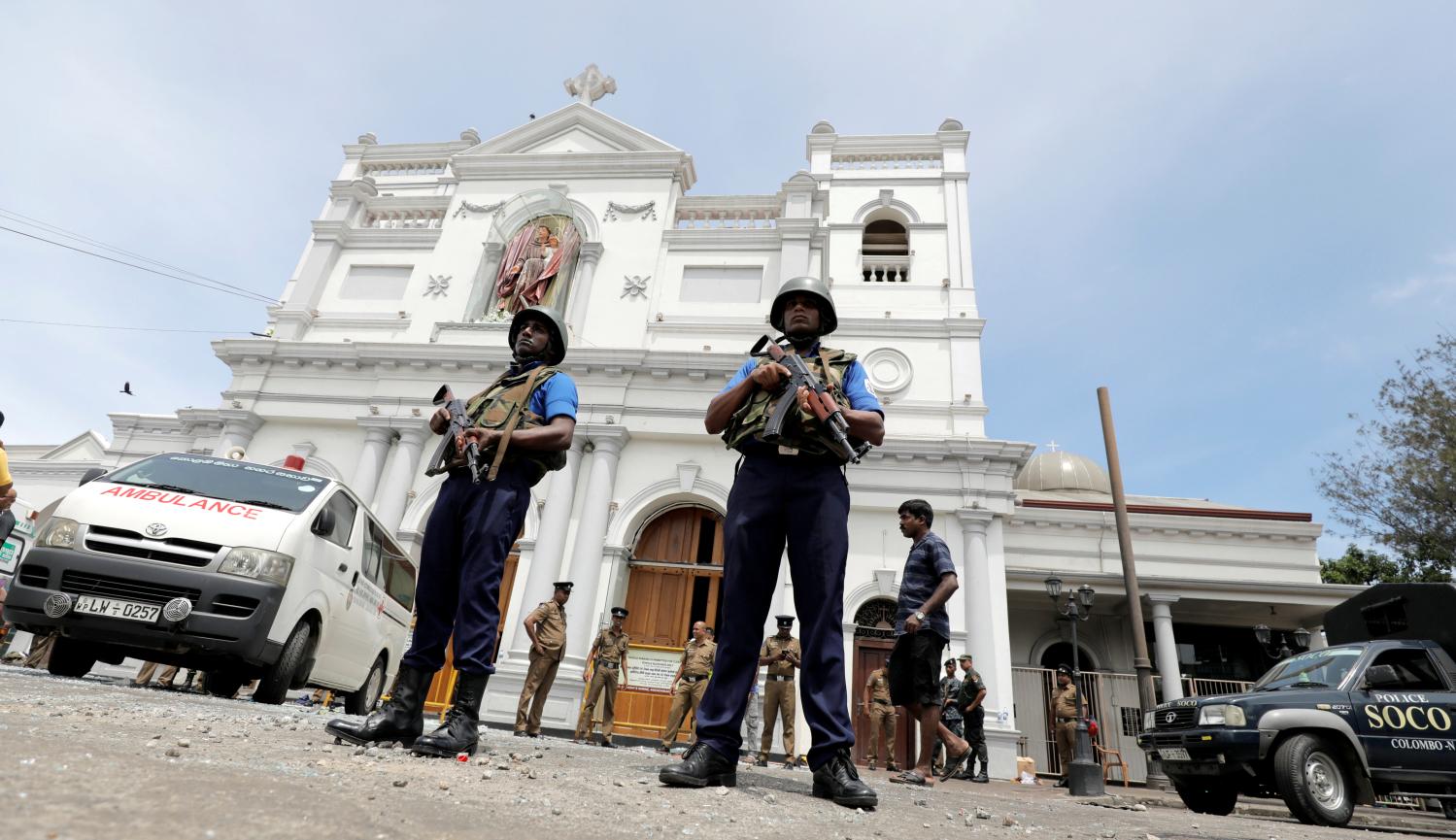Executive summary
Recent terrorist attacks have shown that jihadist terror should still be considered a major threat worldwide, and specifically to the stability of the Middle East. While ISIS has lost the physical territory of its caliphate, this did not put an end to the jihadist doctrine that has invaded so many countries. ISIS will continue to maneuver, govern, radicalize, and inspire its followers to carry out both spontaneous and well-planned attacks that challenge authorities around the globe.
This paper first provides a short overview of jihadist organizations as we know them today, with a central focus on ISIS. Next, it describes the central elements of the terrorist threat today. Relying on empirical data collected from terrorist attacks over the last four years, it analyzes ISIS’ ever-evolving modus operandi. Next, it suggests a layered strategy that defines the core framework that a vigilant country should adopt to meet the challenge ahead.
While countries are grappling with urgent and immediate terrorist challenges, too often they ignore policy problems and long-term planning. Governments should resist this reactive approach, which could prove deadly, and instead adopt a comprehensive strategy that will prevent jihadist terrorism in different stages: from radicalization to thwarting an attack in motion.
In formulating governments’ response to jihadist terror, this report lays out five strategic dimensions for governments to consider. For each of these dimensions—including education, legislation, intelligence, enforcement, and defense—this report provides the framework for a sound strategy on a national level. The report does not prescribe a specific policy or provide a one-size-fits-all solution to the problems it details, but instead gives policymakers the tools with which to identify the blind spots or gaps in their countries’ approach to counterterrorism.
Education will deal with national efforts to establish a positive relationship with local Islamic communities and the need to address the problem of radicalization and lack of governance in Islamic countries.
Legislation will address the struggle to find the right balance between democratic rights on one hand and the urgency of public safety on the other, a crucial question as emerging threats challenge notions of what a secure democracy should look like. Creative lawmakers will have to lay down new legal frameworks and not just interpret existing laws.
The intelligence dimension will define the challenge of building an effective “alarm system” to continuously monitor terrorist actors and infrastructure, providing the capability to warn against an imminent attack. As terrorists become more sophisticated and operate more clandestinely, intelligence challenges will continue to grow.
Enforcement regards the ability to respond quickly to an alert by methodically managing a process of integration and cooperation between security and intelligence agencies, both domestically and internationally. As the heart of the counterterrorism process, enforcement is the intersection where the various capabilities come together to stop an attack from taking place.
Finally, defense is literally the last resort. When all previous measures fail, technology, procedures, protocols, and preventive measures must prevail to keep transportation, aviation, and public gatherings safe.
Ultimately, jihadist terrorism can only be contained, rather than eliminated. It will continue to influence the lives of millions around the world and touch on the very basic activities of everyday life. Yet the impact of terror, and the ability to respond to it, will depend on whether governments adapt and meet the challenge with a comprehensive, long-term, and consistent strategy that grabs the bull by its horns.
The Brookings Institution is committed to quality, independence, and impact.
We are supported by a diverse array of funders. In line with our values and policies, each Brookings publication represents the sole views of its author(s).









